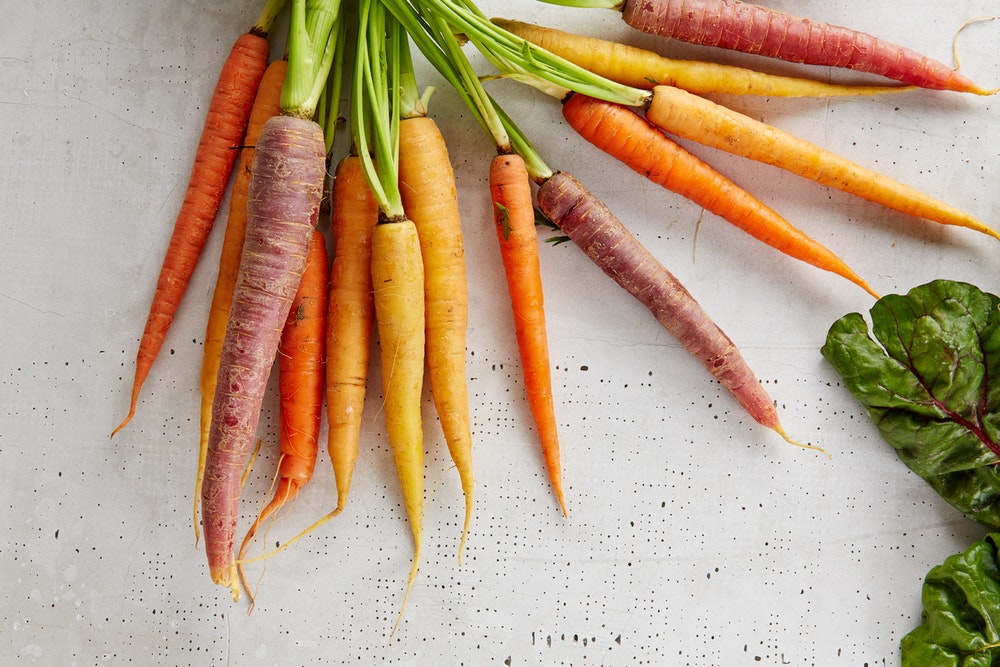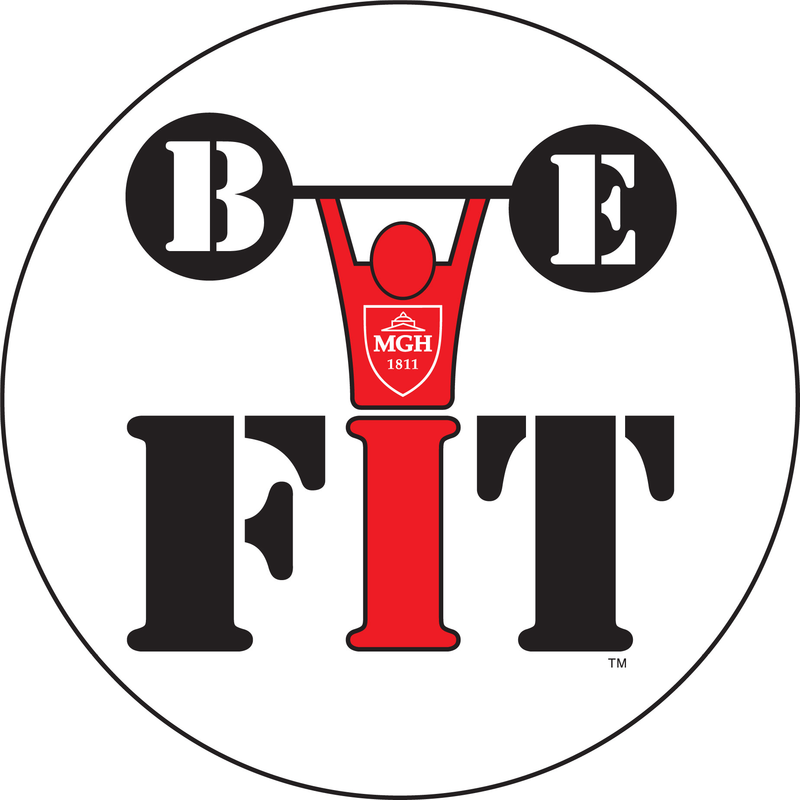|
Studies show eating vegetables can reduce risk of early death, especially related to heart problems. Yet, only 13% of us meet the recommended intake. Most people should have at least 2 to 3 cups a day.
Leafy greens are particularly protective, but increasing any type is helpful. Here are five ways to add more vegetables to foods you love:
Already include a vegetable with dinner? Serve more than one. Research shows when multiple vegetables are offered, a larger quantity is eaten overall. REFERENCES Hung, H.C., et al., Fruit and Vegetable Intake and Risk of Major Chronic Disease. J Natl Cancer Inst, 2004. 96(21): 1577-84. Hung H.C, et al., Health-Promoting Components of Fruits and Vegetables in the Diet. Advances in Nutrition, 2013. 4(3): 384S–392S. Meengs, J., Rose, L., Rolls, B. and H. Guthrie, Vegetable Variety: An Effective Strategy to Increase Vegetable Intake in Adults. J Acad Nutr Diet, 2012. 112(8): 1211-1215. Slavin, J. and B. Lloyd, Health Benefits of Fruits and Vegetables. Adv Nutr, 2012. 3(4): 506–516. Wang, X. et al., Fruit and Vegetable Consumption and Mortality from All Causes, Cardiovascular Disease, and Cancer: Systematic Review and Dose-response Meta-analysis of Prospective Cohort Studies. BMJ, 2014. 349:g4490.
0 Comments
Plant-based diets are becoming increasingly popular—and for good reason.
They can help lower blood pressure, reduce risk of diabetes, and lower risk of early death. People who follow plant-based diets also tend to weigh less, despite consuming similar calories compared to meat-eaters. The type of plant-based diet you follow matters though. To see health benefits, include a variety of protective foods like whole grains, fruits, vegetables, beans, nuts, and seeds. Looking to increase your plant intake? Here are some ideas to get you started (click on the links below): For the CARNIVORE: mushroom meatloaf For the CARB lover: broccoli cauliflower parmesan pasta For the TOFU-neophyte: peanut tofu For the ON-THE-FLY meal-planner: 5 plant-powered meals REFERENCES Ambika, S. et al., Healthful and Unhealthful Plant-Based Diets and the Risk of Coronary Heart Disease in U.S. Adults. Journal of the American College of Cardiology, 2017. 70(4): 411. Derbyshire, E., Flexitarian Diets and Health: A Review of the Evidence-Based Literature. Front Nutr, 2016. 3:55. McEvoy, CT., Temple, N. and JV Woodside, Vegetarian Diets, Low-meat Diets and Health: A Review. Public Health Nutr, 2012. 15(12): 2287-94. Rizzo, N., Jaceldo-Siegl, K., Sabate, J. and G. Fraser, Nutrient Profiles of Vegetarian and Non Vegetarian Dietary Patterns. J Acad Nutr Diet, 2013. 113(12): 1610-1619. |
TOPICS
All
Archives
December 2023
|



 RSS Feed
RSS Feed